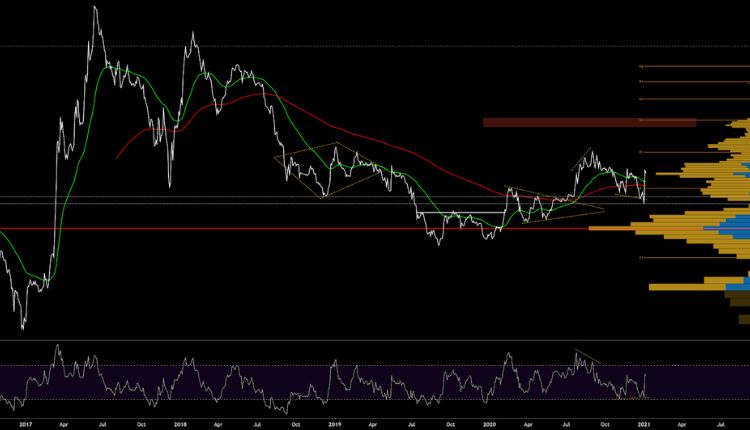For commercial real estate owners and operators, windows are strategic assets. They shape energy spend, occupant comfort, leasing outcomes, and ESG credibility. Vacuum insulating glass (VIG) strengthens the business case for envelope upgrades by delivering high thermal performance, acoustic benefits, and potential HVAC downsizing—without the bulk and weight penalties of thick assemblies.
Energy and HVAC implications
Lower U-values reduce transmission losses, shrinking both annual energy and peak loads. That peak reduction matters because it can right-size chillers, boilers, or heat pumps—freeing capital and mechanical room space. In retrofits, VIG’s thin profile often allows install in existing frames, minimizing disruption to tenants and shortening payback.
Comfort that supports productivity and retention
Perimeter discomfort is a top cause of hot/cold complaints. VIG raises interior glass temperatures, reducing radiant asymmetry and drafts, so more floor area near windows becomes comfortable. For knowledge workers, fewer complaints and more usable space translate into productivity gains—soft benefits with real financial impact.
Acoustic resilience in dense locations
Urban office buildings compete on quiet. Tenants near rail lines or arterial roads increasingly scrutinize acoustic performance. Vacuum cavities disrupt sound transmission; add laminated lites to tackle low-frequency noise. For sector-specific guidance, including hotels, multifamily, and open offices, see how VIG reduces noise across building types
ESG, policy, and valuation
Investors and regulators are tightening the screws on operational carbon. Upgrading glazing is one of the most visible, measurable steps toward compliance. If you are aligning envelope investments with mandates, this digest on carbon reduction target frameworks can help frame the ROI conversation with boards and lenders: Carbon reduction target act overview
Selection checklist for owners and specifiers
- Verified U-values, SHGC, and VT for the final window assembly.
- Edge seal and vacuum longevity data; getter capacity and test protocols.
- Frame compatibility and sightline preservation for occupied retrofits.
- Acoustic ratings and laminated options for noise-sensitive tenants.
- Warranties and field service support, especially for multi-phase rollouts.
Portfolio strategy and solution mapping
Owners managing multiple assets need a catalog of options by climate, orientation, and lease profile. This page consolidates vacuum glass solutions—helpful for mapping assemblies to different façade zones and building typologies: Vacuum glass solutions overview
Financial modeling tips
- Combine energy model outputs with mechanical right-sizing estimates to quantify capex avoidance.
- Include avoided fit-out churn and productivity benefits in sensitivity analyses.
- Factor in rent premiums for comfort-certified or acoustically enhanced spaces.
Conclusion
VIG compresses performance into a sleek package that suits commercial realities: less disruption, faster payback, and happier tenants. In a market that rewards energy efficiency and occupant experience, it’s a pragmatic, high-impact upgrade for modern façades.












